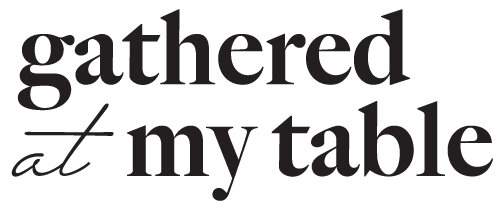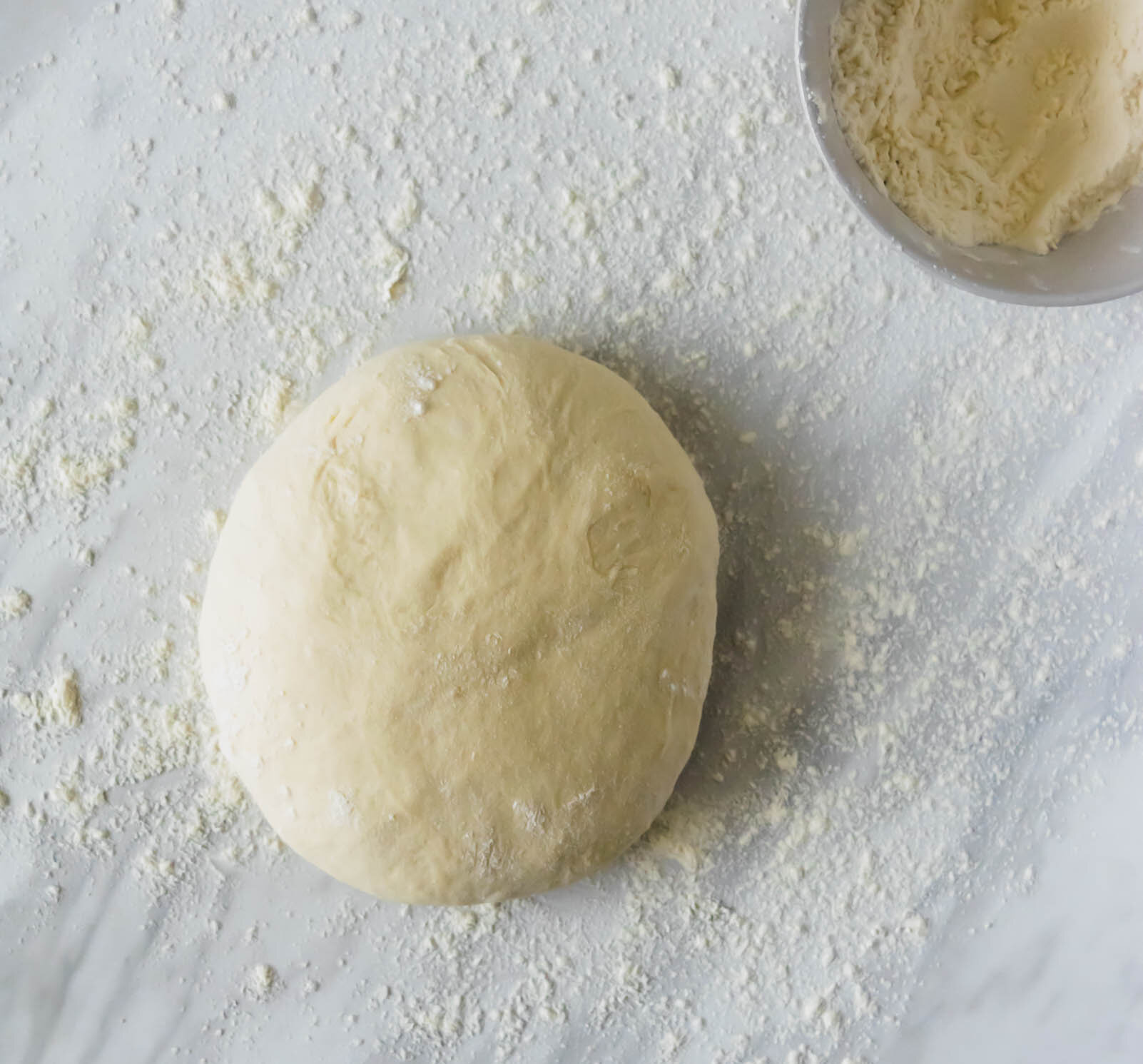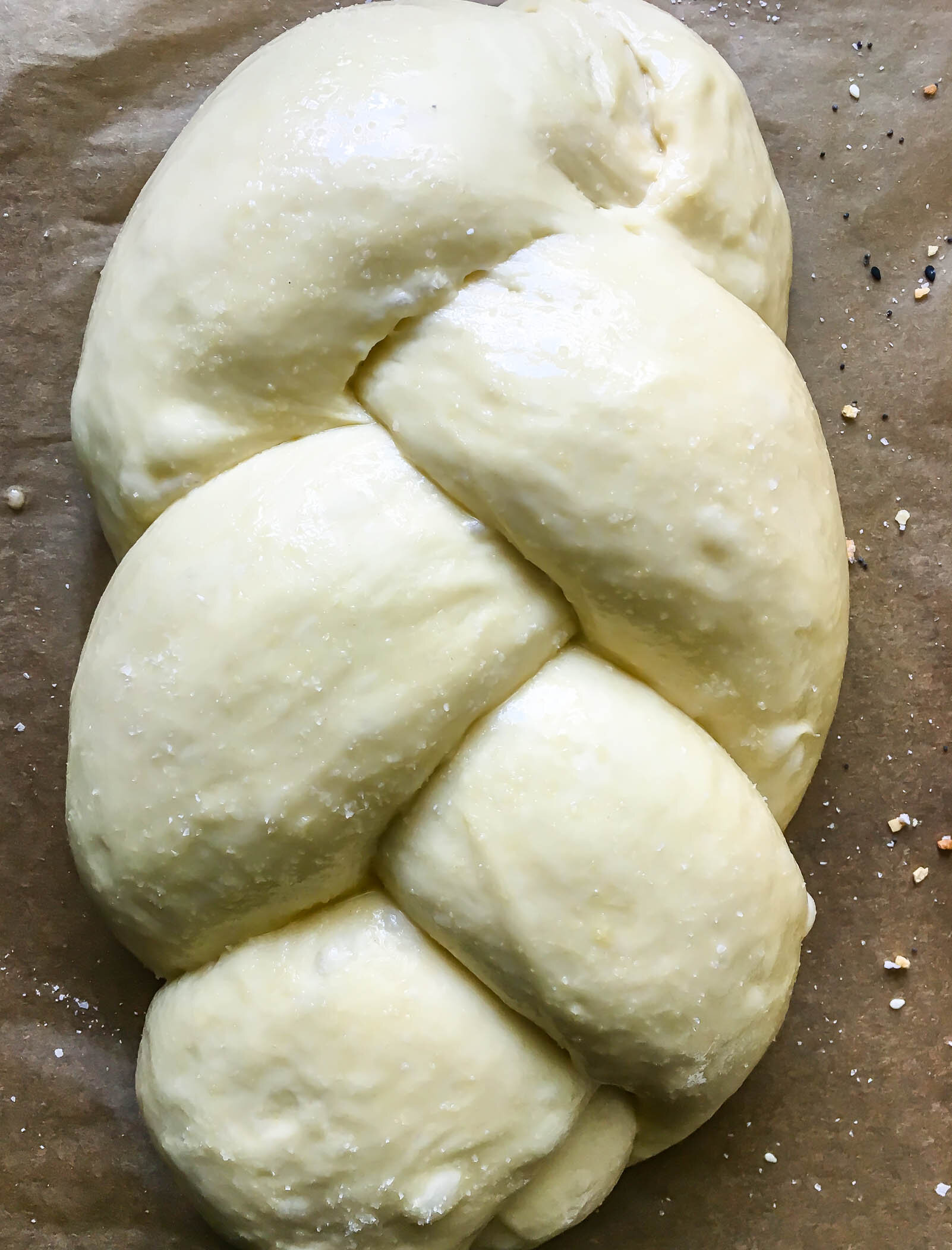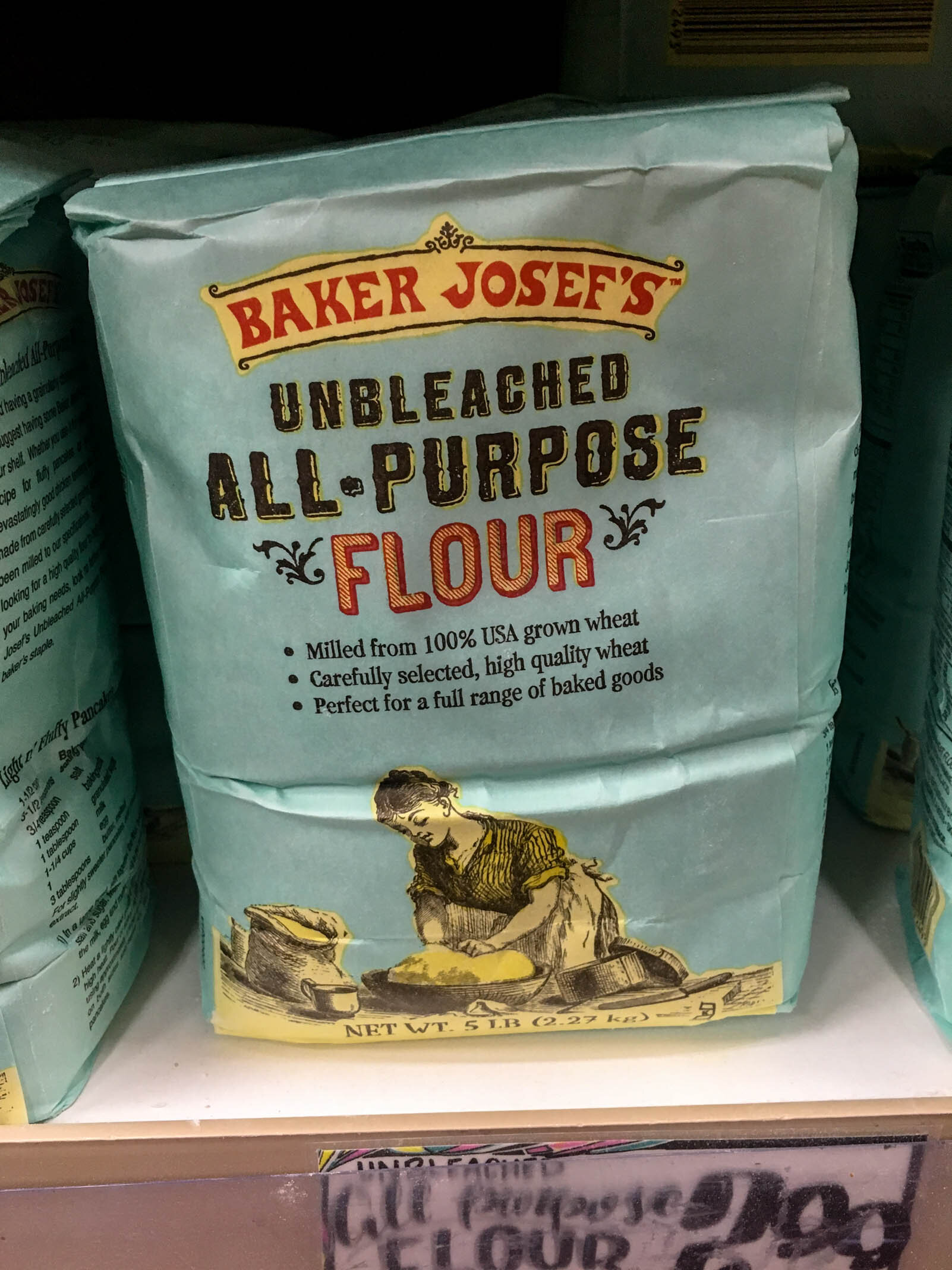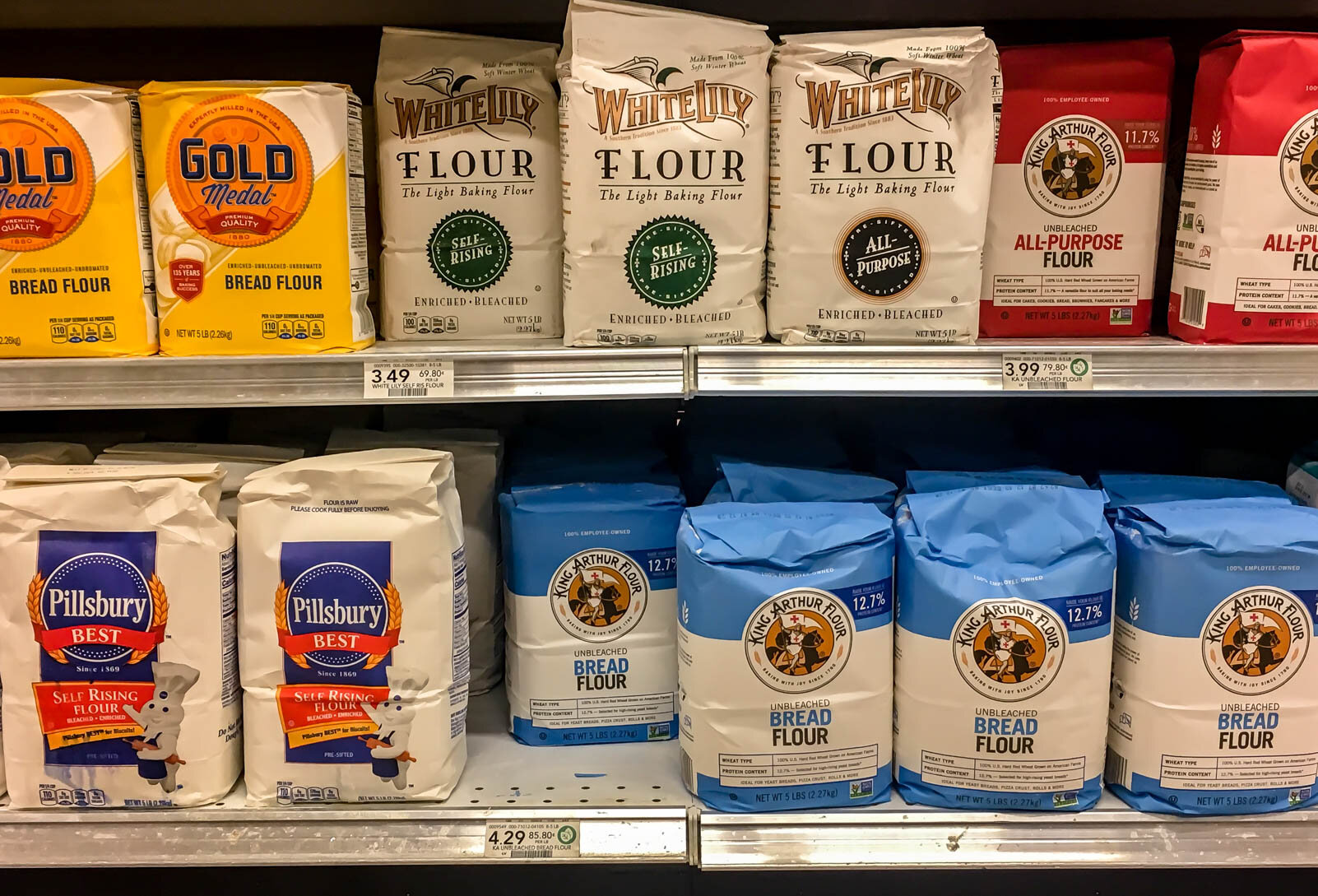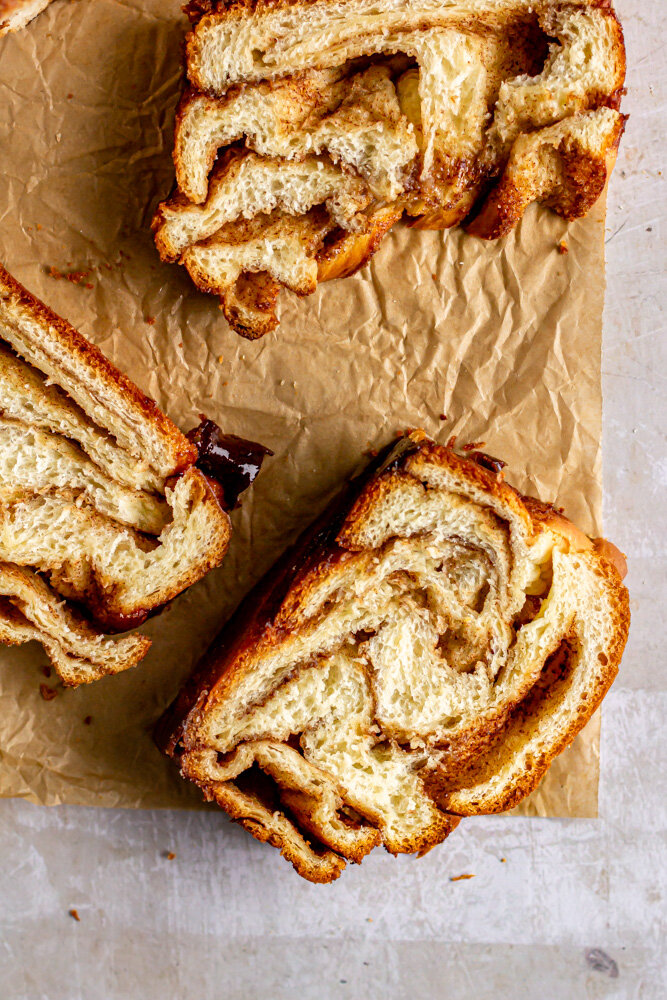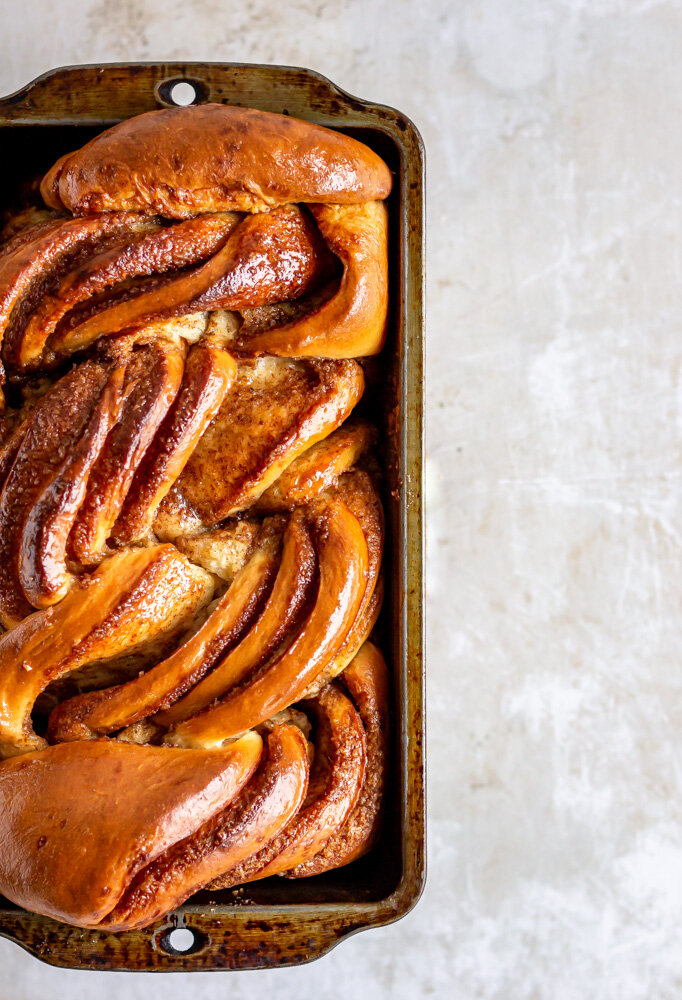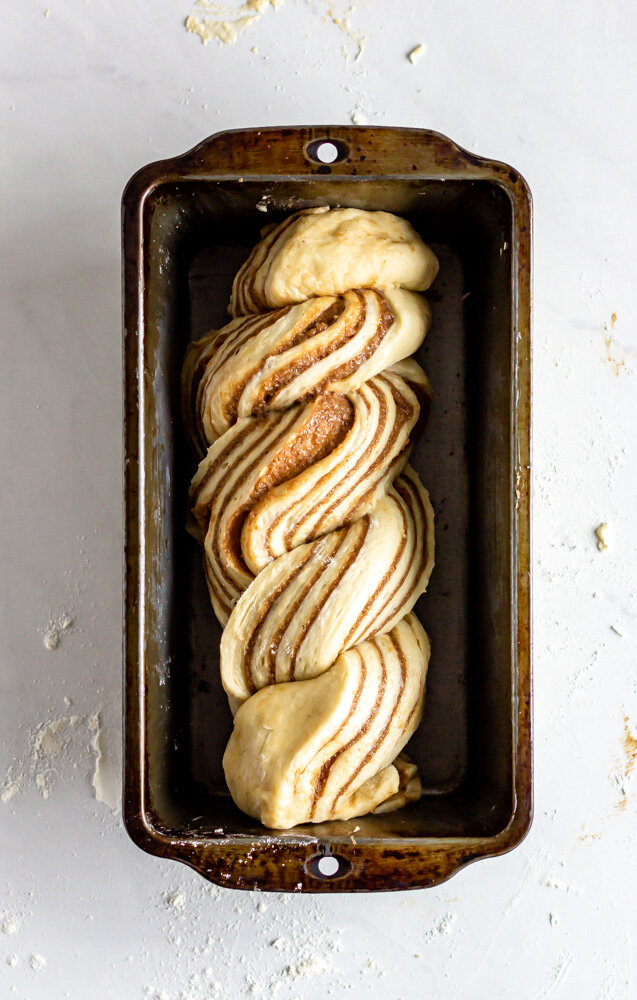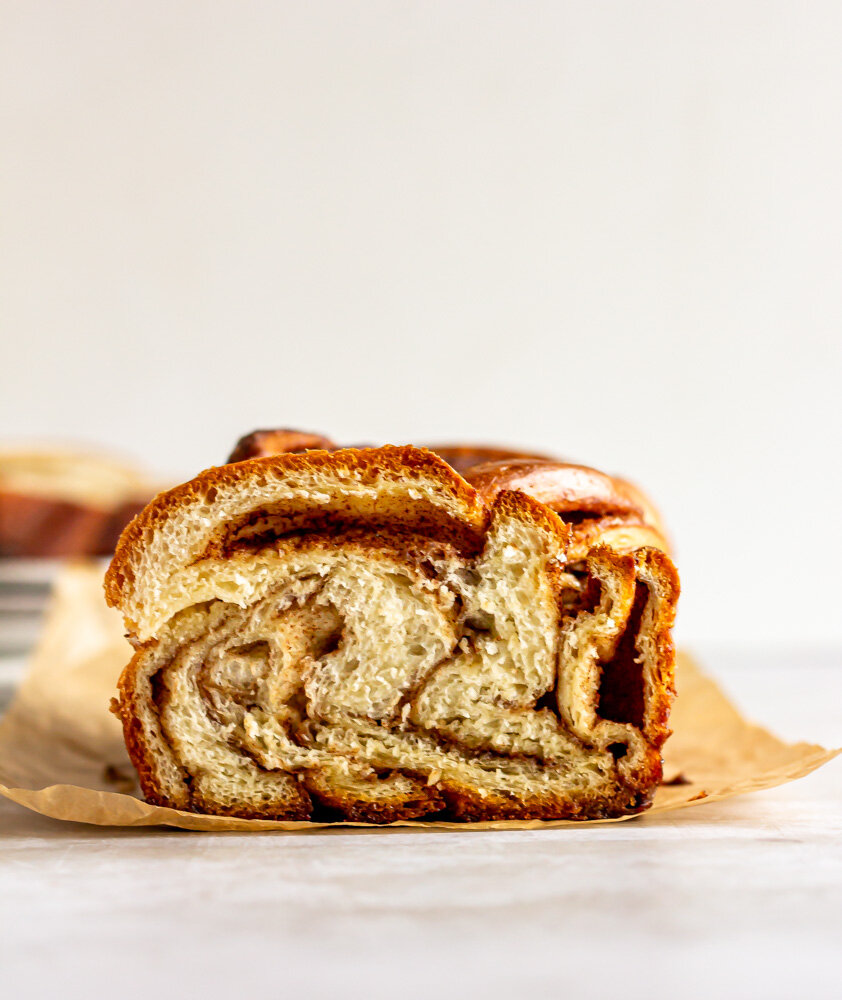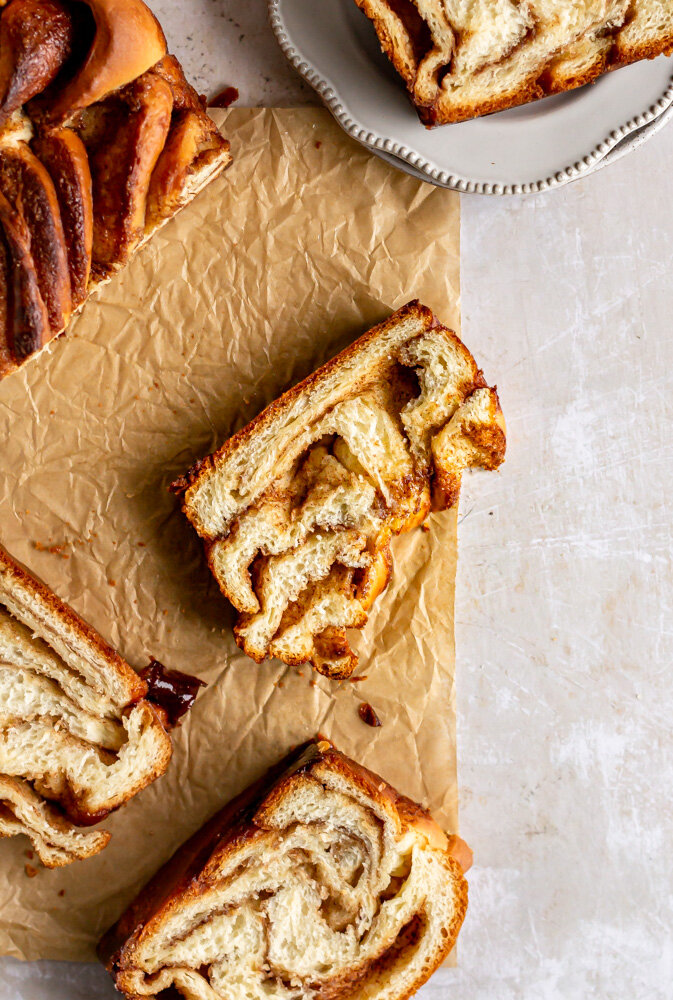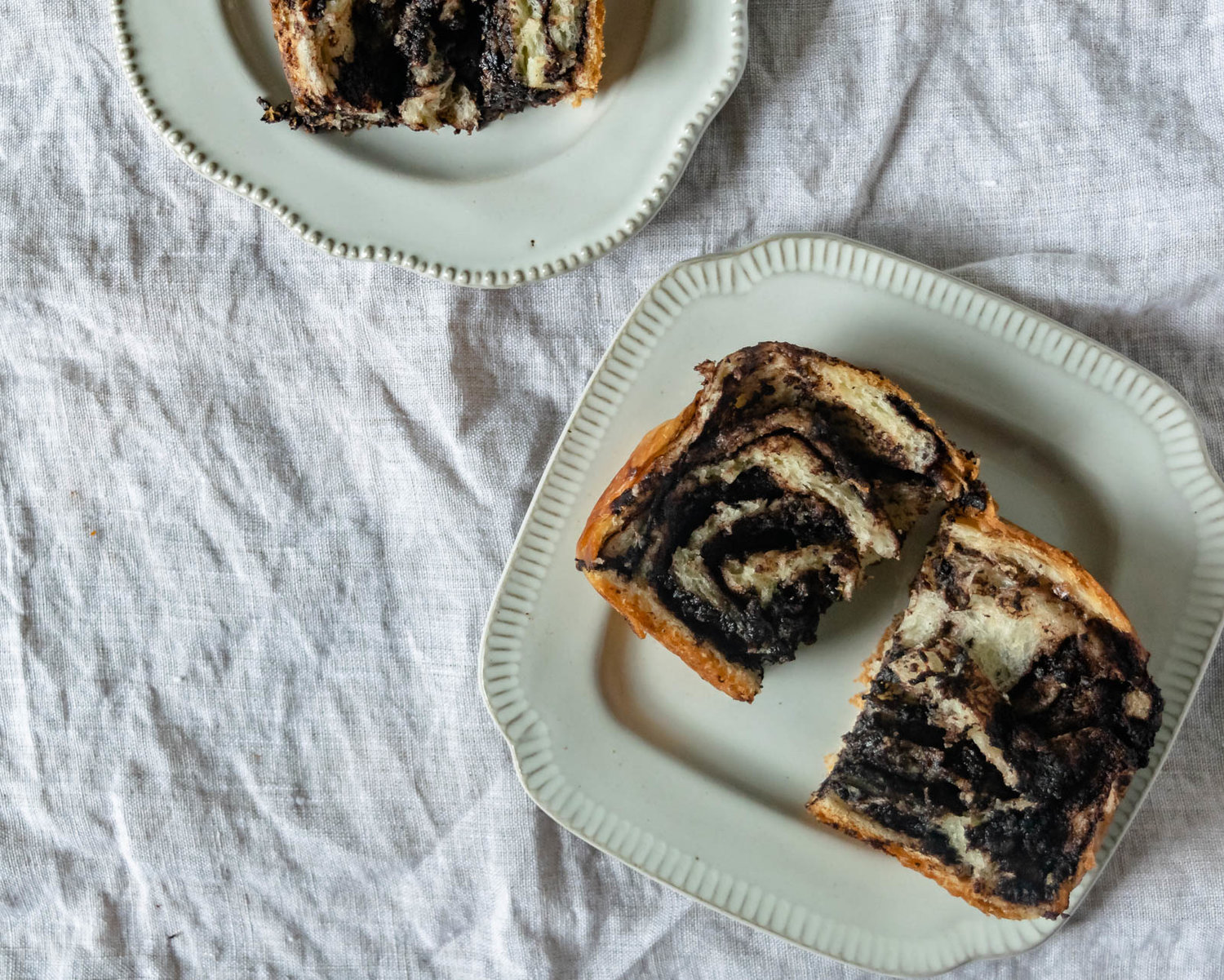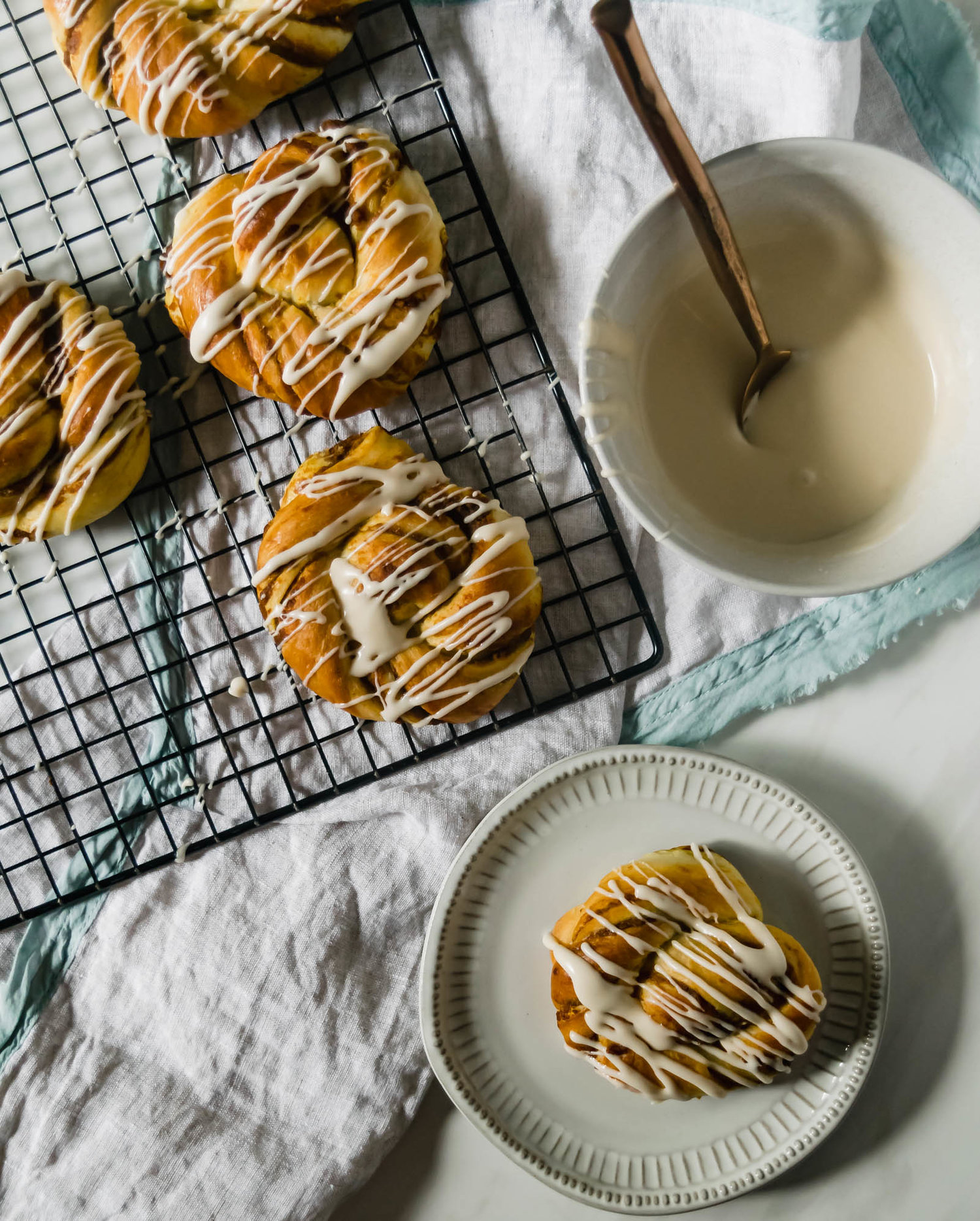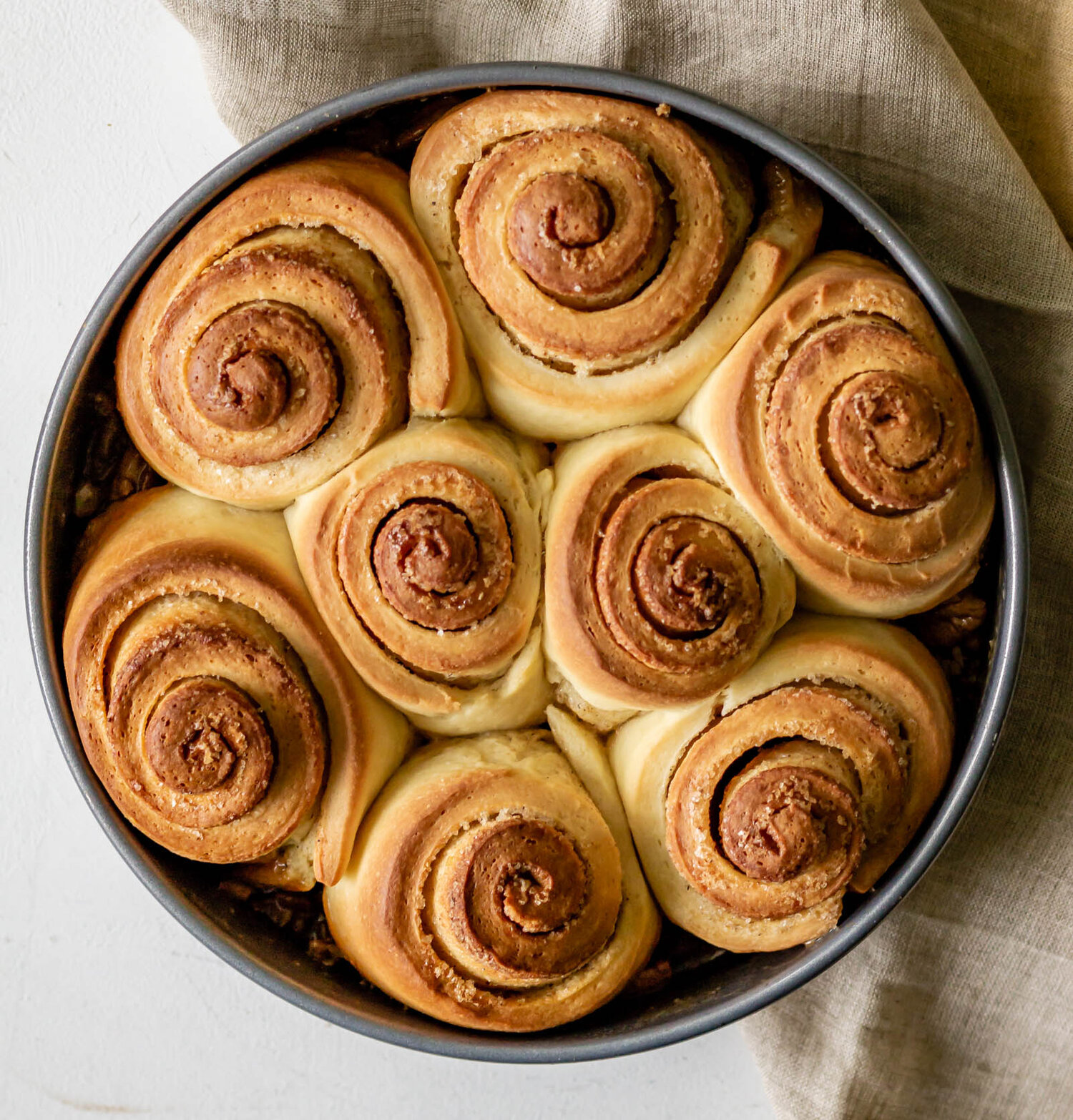Parmesan Herb Popovers
/Do you have a Christmas morning breakfast tradition? For as long as I can remember, my mom would wake up when the house was still dark and quiet to make sausage balls. To this day, I am not even certain what exactly is in a sausage ball,—I know it includes sausage, cheese, maybe some sort of flour binder?—but it’s always been my mom’s thing. As the smell of baked cheese began to waft through the house and we could hear the gurgle of the coffee pot, my dad, my sister, and I would crawl out of bed. (This was a very eager crawling that probably happened far earlier in the morning when we were young, but as we’ve gotten older, the whole “rushing to the tree on Christmas morning” has gotten slower and a little later in the morning.) The four of us would sit around the tree, sipping coffee and exchanging gifts, passing a towel-lined basket of ping-pong ball sized sausage rounds between us. By the time the gifts were all opened, the floor sufficiently littered with wrapping paper, that sausage ball basket was always empty.
The last few years, I’ve hosted Christmas at my house and I’ve dabbled in a Christmas morning breakfast to add to our sausage ball tradition. I’ve tried overnight cinnamon rolls, but they still need a solid hour of rise time in the mornings and I’m always struggling to find the time to make the dough on Christmas Eve. I really wanted a breakfast that felt fancy enough for Christmas morning, but that was extremely low maintenance. Enter the good ole’ popover. A popover is a cross between a bread-y muffin and an egg custard and they pillow up in the oven when they bake, like a tray of little soufflés. The batter essentially consists of whisking together milk, flour, and eggs (read: no fancy equipment required) and needs to be made a day or two ahead of time, which means it won’t get in the way of your Christmas Eve dinner prep. All you have to do on Christmas morning is start the coffee, heat a muffin tin in the oven, pour the batter in and watch them rise. I flavored these with herbs and parmesan cheese, but you could really use whatever mix-ins you have laying around—onions, chives, garlic, leftover gouda from your fancy cheese board all would be great. I also recommend eating these warm, breaking them open and plopping a hunk of butter in the middle and finishing with some flaky salt. Merry Christmas, friends!
Parmesan Herb Popovers
Yield: 12 popovers
Ingredients:
3 eggs
1 cup milk
1/2 cup half and half
1 tsp salt
1/2 tsp black pepper
1 1/2 cups (177 g) all purpose flour
3 tbsp (55 g) butter
1-2 tbsp chopped herbs such as oregano, rosemary, and thyme
1/4 cup grated parmesan cheese
Procedure:
In a medium saucepan set over medium heat, combine butter and chopped herbs. Heat, until butter is sizzling and melted and herbs are fragrant. Remove from heat and let cool while you mix the rest of the popover ingredients.
In a large bowl, whisk together milk, half and half, and eggs until completely homogenous and no egg streaks remain. Add flour, salt, and black pepper and whisk to combine. Whisk in cooled butter until emulsified and gently fold in parmesan cheese. Transfer batter to a container with a lid and chill overnight in the refrigerator.
When you’re ready to bake, remove batter from the refrigerator and allow to come to room temperature. Meanwhile, preheat oven to 450° F. Place a muffin tin in the oven and allow it heat as the oven heats.
Carefully remove hot muffin tin from the oven and spray generously with cooking spray. Divide batter evenly among the muffin cups.
Bake at 450° F for 20 minutes without opening the oven door. Lower oven temperature to 350° F and bake another 5-10 minutes, until popovers are golden brown. Carefully remove from the oven, loosen popovers with a knife, and flip onto a plate. Serve immediately, warm with butter and lots of flaky salt.
*Note: If you use other mix-ins, like onions or garlic or different types of cheese, try to keep the measurements close to that listed in the recipe. If you put too much in your batter, the additions will weigh the batter down and they won’t rise properly.
